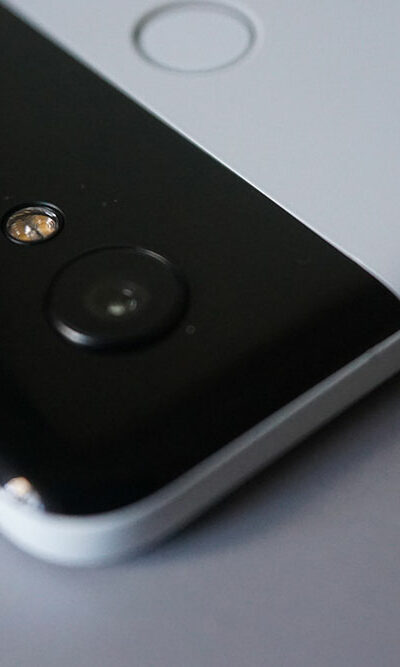
10 Ways to Reduce Data Usage and Avoid Overage Charges
In the digital era, heavy reliance on smartphones is inevitable. Plus, an ever-increasing array of apps and streaming services take a lot of data to meet work, entertainment, and information needs. So, it does not come as a surprise that data plan overage charges have become a major concern today. In order to prevent unexpected additional charges in the monthly data bill, here are a few ways one can keep their data usage in check: 1. Use Wi-Fi whenever possible One of the best ways to prevent excessive cellphone data consumption and save money on internet phone plans is to connect the smartphone to a secure Wi-Fi network whenever possible. Besides using Wi-Fi at home, one can also connect to Wi-Fi when visiting friends or family members at their home. Additionally, one can make the most of free public Wi-Fi in cafés or airports when stepping outdoors. However, when using public Wi-Fi, one must secure the connection with a VPN to prevent data theft by cybercriminals. 2. Monitor data usage Monitoring data usage is a crucial step to prevent high data costs and avoid overage charges. Most carriers, like AT&T (which has taken over Sprint) and Verizon, provide tools or apps that allow users to keep a close eye on how much data they have used in their billing cycle. Regularly checking data usage can help one understand data consumption patterns and make timely adjustments. 3. Choose the right data plan Reviewing and selecting the right phone plan plays a pivotal role in encouraging data savings and preventing overage charges. When choosing a plan, one can consider options that offer added protection against overages or include features like data caps or warnings that alert users before they exceed their limit. One can also look for carriers that have a carryover data feature that allows them to utilize the unused data from the previous month in the next billing cycle.
